The Toyota S-FR concept debuted at the Tokyo Motor Show in 2015 to much fanfare. The lightweight, rear-wheel-drive coupe had a manual transmission and was said to complete Toyota’s “three sports car brothers” trio below the 86 and Supra. Aichi even said its purpose was “to make a whole new generation fall in love with driving.” They got everyone excited about the notion of a sporty Toyota, even built a racing version, licensed Tomica miniatures, and then it disappeared without a trace. What happened? Five and a half years later, we think we’ve solved part of the mystery.
In short, it’s a Miata, but not the one you might think. Some time ago, a source at one of these two car companies cryptically suggested that we inspect the base of the S-FR’s windshield. Because the ND Mazda MX-5 Miata had just been unveiled the year before, we quickly got ourselves in a tizzy thinking the S-FR had ND Miata bones. The prospect of being able to buy a Toyota sports car with Mazda dynamics was very exciting indeed.
But then we just as quickly flushed our theory after seeing that none of the hard points — the locations on a unibody such as pillars and door openings that can’t be easily moved without re-engineering the whole frame — on the two cars matched up. That cryptic message from our source stayed with us, simmering in the back of our minds.
Driving home one recent evening, I was trailing a CX-30 in the next lane on the freeway. A curious design treatment found on several modern Mazdas caught my eye, namely the intersection point of its front fender, A-pillar, and front door. When I pulled up next to my RX-8 at home, I noticed a passing similarity — and then it hit me. Was the Toyota S-FR built from the NC Miata?
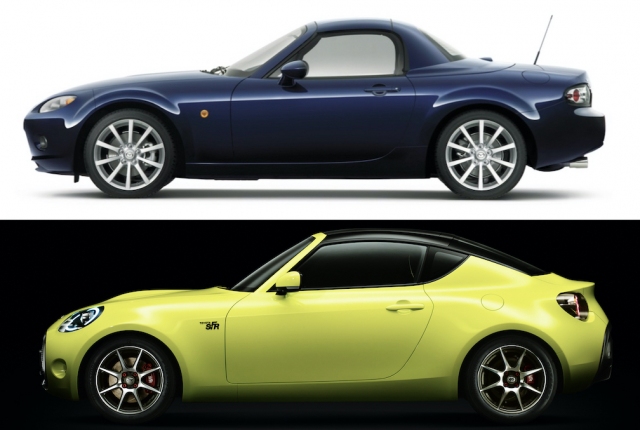
As you can see, the windshield frames, door cutlines, and the doors on the NC Miata and the S-FR are nearly identical. The distance between the front wheel and front door also appears the same. Dimensionally, the two cars are also close enough for this theory to hold water. The SF-R is slightly narrower than the NC but with a longer wheelbase to accommodate 2+2 seating.
On the inside, the S-FR’s handbrake is in a similar location as the NC’s, and the window switches are on the center console like the NC. It also could explain why Toyota was able to build two S-FRs without much additional cost, when concepts that never reach production have typically only one copy.
However, this theory raises just as many questions than it answers. Why would Toyota build the S-FR off the NC and not the more modern ND? One of the things that threw us off the scent of the NC originally was the fact that it just didn’t seem plausible for Toyota to build a new sports car off a 10-year-old platform.
There were other holes in the theory. But the S-FR rolled on 4-lug wheels, strongly indicating that if it were based on a Mazda, it’d be an ND, which famously went back to 4-lug wheels. The brake calipers weren’t located in the same positions on the SF-R or either Miata.
Nevertheless, given the visual similarities and the enigmatic hint from an insider, we think it’s almost certain that the S-FR was built using a stretched NC Miata. Either that, or the S-FR was a hybrid built using the NC body and ND components available at the time. After all, specs said that a 1.5-liter engine lay beneath the S-FR’s hood. In most of the world, including Japan, the Mazda Roadster is powered by a 1.5-liter engine.
In fact, we’re so sure of this that we’re a bit surprised no one else has figured it out yet. However, we still don’t know why it died on the vine. What follows is our own theory, with no input from any sources, just based on the timeline of the ND Miata and S-FR’s development.
Early on in the ND’s development, as far back as 2012, Mazda had struck a deal with Fiat to build a new Alfa Romeo Spider on the Miata platform. Given the ND’s engineering sophistication, it is no surprise that sharing of development cost was a crucial part of its production viability. In 2014, however, Fiat abruptly canceled the ND-based Alfa, with FCA president Sergio Marchionne declaring that as long as he was in charge, Alfas would be built in Italy.
Then, in May 2015 Mazda and Toyota signed a technology sharing partnership deal. It’s quite possible that Mazda tried to seek out another partner in Toyota around this time, which led us to the S-FR at the 2015 Tokyo Motor Show.
As history shows, in the end FCA did use the ND Miata platform, except on the Fiat-branded 124 instead of an Alfa. A close-to-production prototype of that car debuted at the 2015 Los Angeles Auto Show, just one month after the Tokyo unveiling of the S-FR.
Were Mazda and Toyota actually planning to jointly build the small sports car, or was the S-FR always going to be a dead end? Or, did the deal with Fiat preclude Toyota from using the Miata platform?
To us, the S-FR remains an object of desire and intrigue to this day. It was an extremely promising car that oozed Toyota heritage in its design, and it seemed to have appeared out of the blue. It then disappeared just as quickly. We may never know the real reason the S-FR was canceled, but at least we know the S-FR’s true bloodline and can fantasize about an alternate world in which a Toyota Miata was available to the masses.


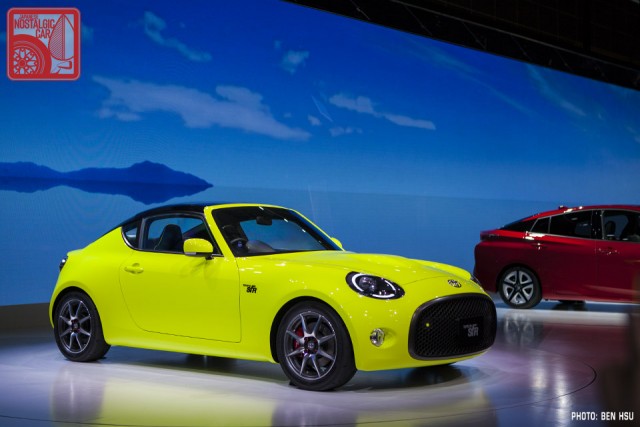



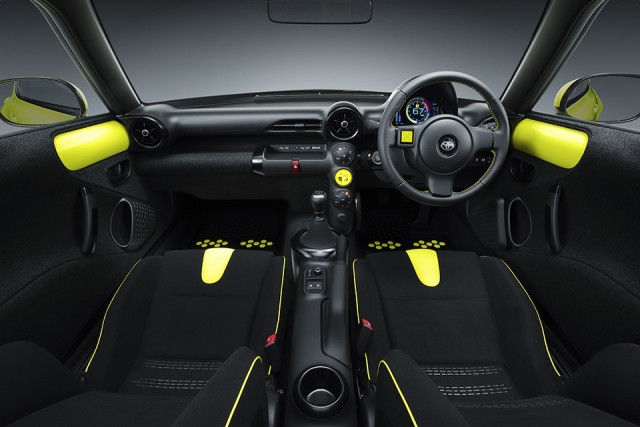
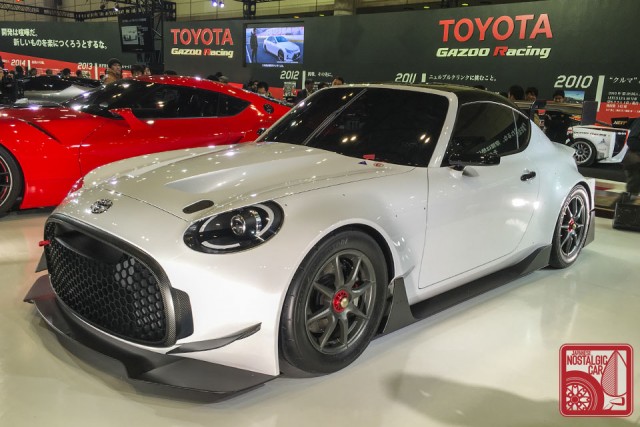
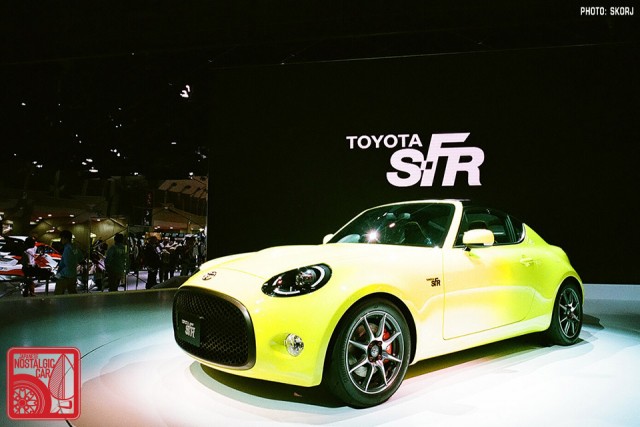
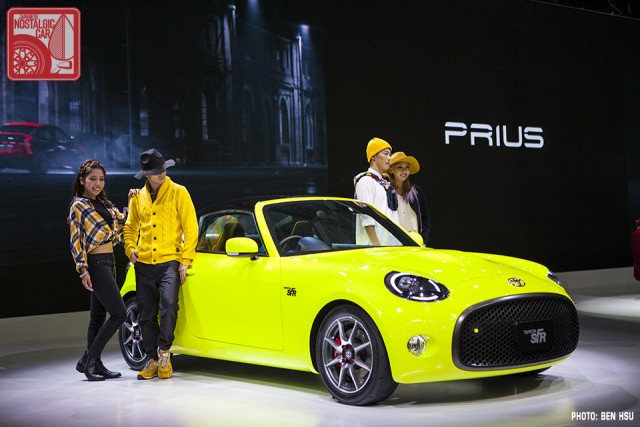

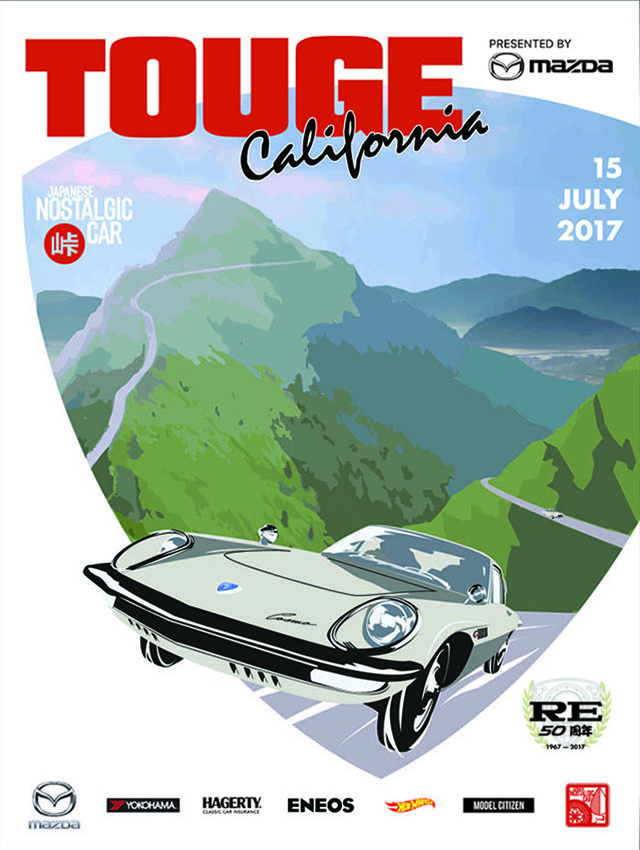


It’s too bad the S-FR didn’t happen, as you say, it looked oh so promising. Also, I think the interior might be my all-time favourite for it’s total simplicity and driver focus.
I still want one.
Was fortunate enough to be at the 2015 Tokyo show and spent so much time walking around and taking photos of the S-FR. At the time I told anyone who’d listen that I’d do everything I could to buy one if they ever made it, but at the time my employment situation means that would have been unlikely if they did. Frustratingly, if Toyota had made it, it’d likely still be on sale now – and six years on I genuinely would be in a position to buy it!
I agree with dankan too – the interior was probably even better than the exterior. Interesting to look at and with a splash of colour, but also old-school simple.
I do wonder how likely it ever really was. It looked remarkably close to production at the time, which is very rarely the case for concepts. Even the FT-86 concept that previewed the GT86 was less feasible when it was first shown. Either way, I think the fact it never made it will go down as one of the great automotive disappointments for me…
Hey, we DID get a Toyota Cavalier, so I don’t see what the problem is.
Another interesting article on JNC with some fun hypothesis . . . great stuff
Fiat 124. A better looking Miata. And the RF is especially horrid.
Its just a Copen, the SFR isn’t wide or big enough the be a NC and the Copen just uses a Copen interior if youu actually looked at the Copen would be pretty obvious